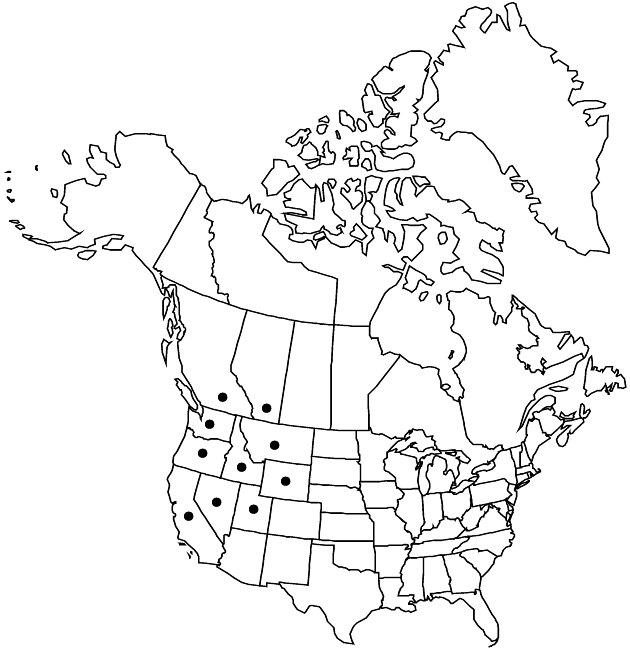Difference between revisions of "Senecio hydrophiloides"
Mem. New York Bot. Gard. 1: 441. 1900.
FNA>Volume Importer |
FNA>Volume Importer |
||
| Line 57: | Line 57: | ||
|publication year=1900 | |publication year=1900 | ||
|special status= | |special status= | ||
| − | |source xml=https://jpend@bitbucket.org/aafc-mbb/fna-data-curation.git/src/ | + | |source xml=https://jpend@bitbucket.org/aafc-mbb/fna-data-curation.git/src/f6b125a955440c0872999024f038d74684f65921/coarse_grained_fna_xml/V19-20-21/V20_1237.xml |
|tribe=Asteraceae tribe Senecioneae | |tribe=Asteraceae tribe Senecioneae | ||
|genus=Senecio | |genus=Senecio | ||
Revision as of 18:40, 24 September 2019
Perennials (biennials?), 30–100(–140) cm (caudices erect, roots fleshy-fibrous). Herbage usually glabrous or glabrescent (young plants sparsely tomentose). Stems usually single, sometimes 2–4 clustered (sometimes reddish-tinged). Leaves progressively reduced distally; usually petiolate (petioles often winged); blades elliptic to broadly lanceolate, 5–15(–20) × 2–7 cm, bases broadly to narrowly tapered, margins dentate to denticulate (distal leaves sessile, bractlike). Heads (6–)15–30+ in congested or loose, corymbiform arrays. Calyculi of 2–5 bractlets (less than 2 mm). Phyllaries (± 8) ± 13 (± 21), 4–9 mm, tips (minutely to prominently) black. Ray florets 0 or (± 3 or 5) ± 8; corolla laminae 5–10 mm. Cypselae glabrous. 2n = 40.
Phenology: Flowering spring–early summer.
Habitat: Damp hillsides, non-alkaline meadows, seepage sites
Elevation: 1200–2200 m
Distribution

Alta., B.C., Calif., Idaho, Mont., Nev., Oreg., Utah, Wash., Wyo.
Discussion
Plants of Senecio hydrophiloides from toward the western end of the range tend to have the heads more or less congested and eradiate and stems loosely clustered; plants from toward the eastern edge tend to have heads loosely arrayed and radiate and stems single. The two forms have been recognized as weakly defined species (or varieties), the former as Senecio foetidus and the latter as S. hydrophiloides. They intergrade so completely that they are best treated as a single, variable taxon. The use of the epithet foetidus for the broadly conceived single species was based on a bibliographic misunderstanding; the correct epithet is hydrophiloides (T. M. Barkley 1978; A. Cronquist 1994).
In 1900, Thomas Howell gave the name Senecio oreganus to a collection from Lake Labish, near Salem, Oregon. The area has seen much disturbance and development since Howell’s time, and the plant appears to be extinct in the region. The collection is difficult to exclude from S. hydrophiloides, and the collection is here regarded as an odd outlier of S. hydrophiloides, which is known chiefly from east of the Cascade uplift. Howell’s collection and therefore the name S. oreganus also have been treated within S. sphaerocephalus (T. M. Barkley 1978; A. Cronquist 1955); that attribution appears to be in error. The “type” materials are now in the herbarium of Oregon State University in Corvallis.
Selected References
None.